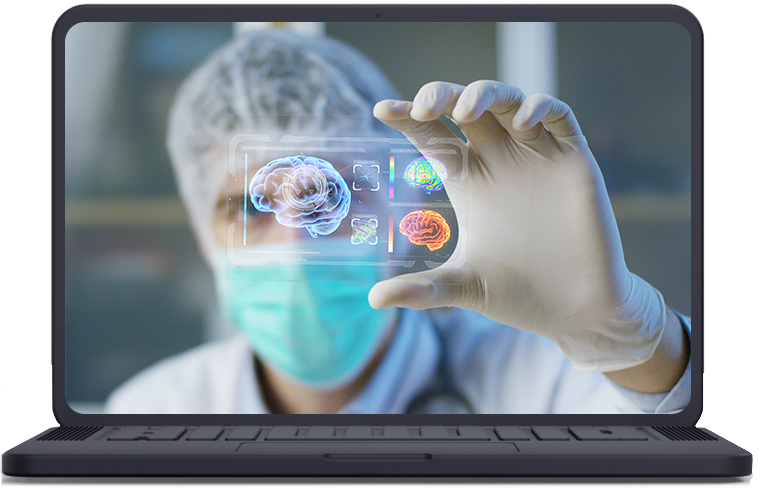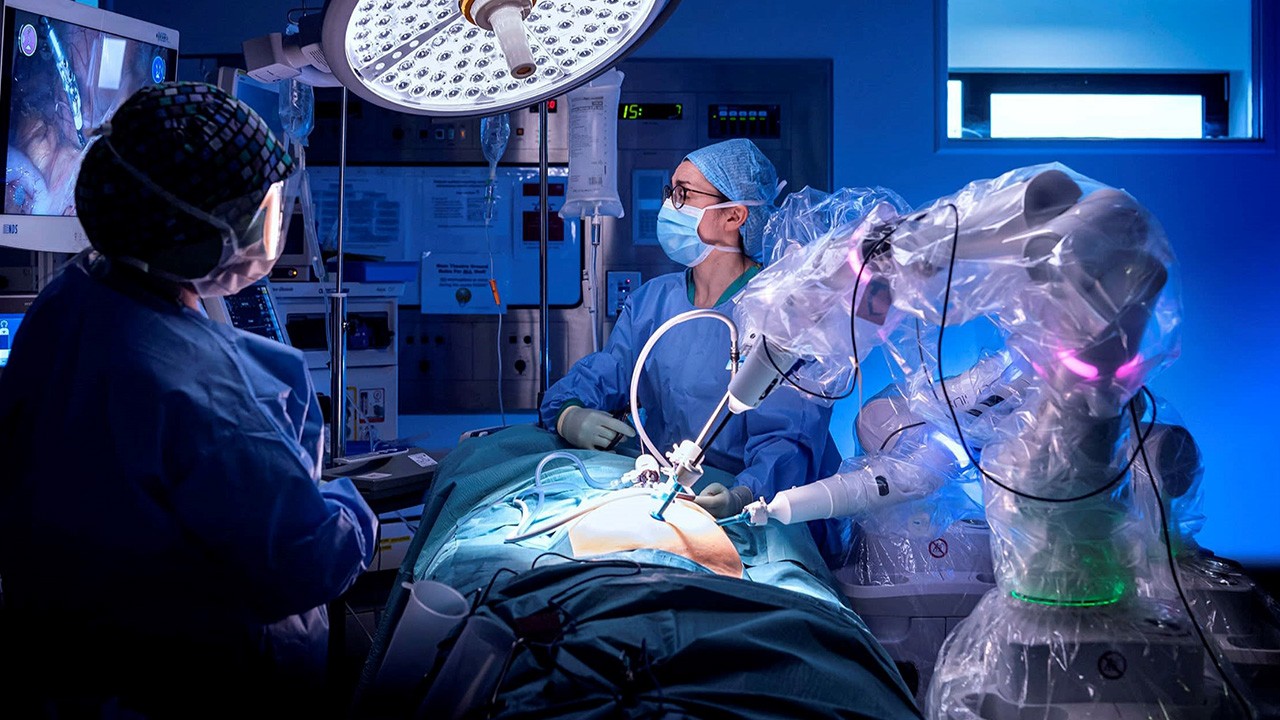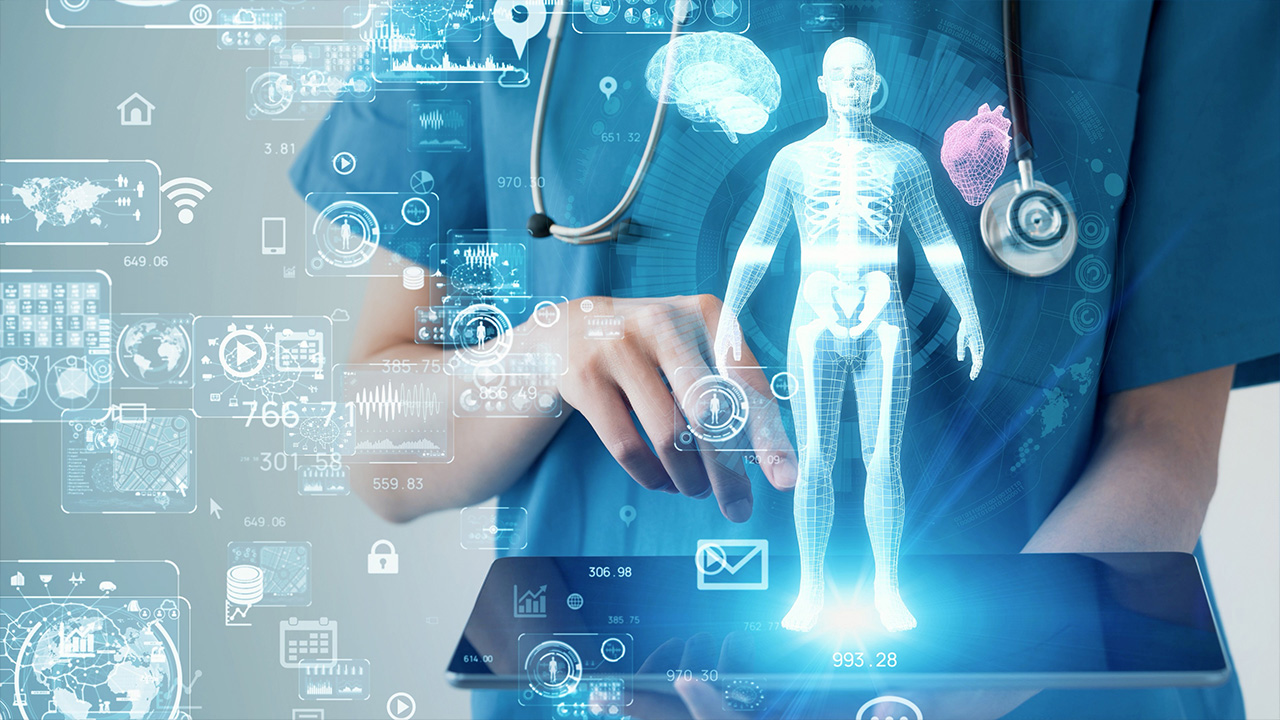Contact Info
133 East Esplanade Ave, North Vancouver, Canada
Expansive data I/O tools
Extensive data management tools
Dataset analysis tools
Extensive data management tools
Data generation tools to increase yields
Top of the line hardware available 24/7
AIEX Deep Learning platform provides you with all the tools necessary for a complete Deep Learning workflow. Everything from data management tools to model traininng and finally deploying the trained models. You can easily transform your visual inspections using the trained models and save on tima and money, increase accuracy and speed.
High-end hardware for real-time 24/7 inferences
transformation in automotive industry
Discover how AI is helping shape the future
Cutting edge, 24/7 on premise inspections
See how AI helps us build safer workspaces

Medical diagnosis and treatment involve several complicated steps, AI-powered systems can be significantly helpful in data collection and real-time analysis, and advise physicians with appropriate treatment methods.



As part of their job, medical personnel have to deal with a heavy stream of data from patients routinely, leading to a laborious, time-consuming, and tedious workload. Intelligent machines can help medical staff in various ways such as medical diagnosis, treatment, drug discovery and development, promotion of physician and patient communications, remote treatment, and transcription of medical documents such as prescriptions. Since diagnosis and treatment involve several complicated steps, artificial intelligent (AI) systems can significantly help in data collection and analysis in real-time to advise physicians with appropriate treatment methods. This system can process multiple sources of data with various diagnostic techniques using historical data a lot more accurately and comprehensively than humans. On top of that, AI-powered systems continuously monitor patients for aftercare or follow-up appointments.
MRI: The main limiting factor for MRI is the slow acquisition speed. To solve this issue, AI reconstructs MRI images by utilizing the united imaging intelligence (UII) and united imaging healthcare (UIH) techniques to reduce the scanning time by 80%. In fact, these techniques can accelerate AI-based image reconstruction, partial Fourier transform, parallel imaging, and compressed sensing, by merging them in a unified framework and achieving real-time MRI imaging and analysis.

CT: Since harmful radiation is used in this imaging technique, the main challenge in CT is to control the radiation dose sustained by the patient. To attain high-quality images under the low-dose condition, AI image analyzer uses deep-learning algorithms that can effectively minimize noises and enhance the signal-to-noise ratio.
PET: The PET technique suffers from harmful radiation as well as long imaging time (typically 3 min), making trouble for some patients like children and bone cancer patients who may not be able to hold their positions during the imaging process. AI can solve both of these problems by effectively reducing noise and scanning time (to lower than 1 min).
PET-MRI: The PET-MRI technique involves creating the CT images from the MRI images to achieve attenuation correction (AC) for the PET images. Using the unsupervised deep-learning algorithms, more precise PET-MRI images and more accurate AC operations can be achieved.


© 2022 Aiex.ai All Rights Reserved.